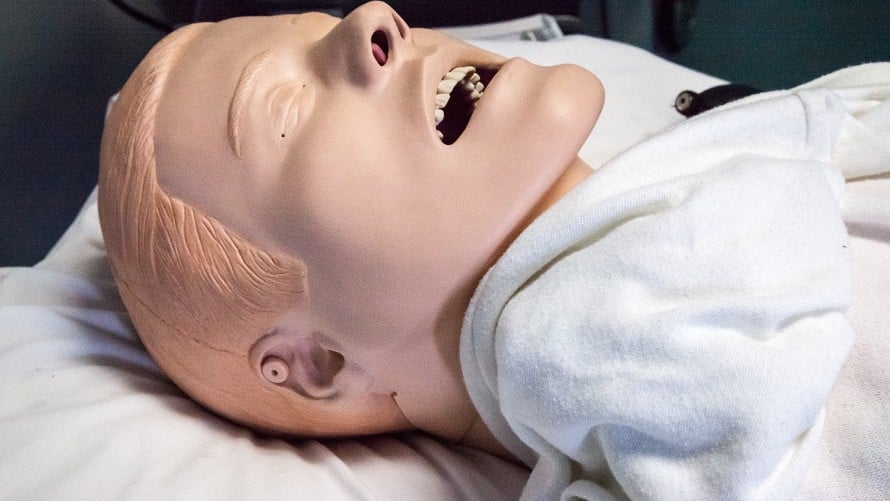Summary: The American Heart Association and American Academy of Pediatrics have jointly released updated guidelines for drowning resuscitation, emphasizing the crucial importance of CPR with rescue breaths. The new guidance, published simultaneously in Circulation and Pediatrics, stresses that rescue breaths combined with chest compressions are essential for survival in drowning-related cardiac arrests.
Journal: Circulation, November 12, 2024, DOI: 10.1161/CIR.0000000000001274 | Reading time: 4 minutes
A Critical Update for Public Safety
With drowning remaining the third-leading cause of unintentional injury death worldwide and claiming approximately 236,000 lives annually, clear guidelines for resuscitation are crucial. The new recommendations provide essential updates for both trained rescuers and the general public.
“The focused update on drowning contains the most up-to-date, evidence-based recommendations on how to resuscitate someone who has drowned, offering practical guidance for health care professionals, trained rescuers, caregivers and families,” explains Dr. Tracy E. McCallin from Rainbow Babies and Children’s Hospital.
Understanding the Science
The update emphasizes a key difference between drowning-related cardiac arrests and other types of cardiac emergencies. “CPR for cardiac arrest due to drowning must focus on restoring breathing as well as restoring blood circulation,” notes Dr. Cameron Dezfulian from Baylor College of Medicine.
“Cardiac arrest following drowning is most often due to severe hypoxia, or low blood oxygen levels,” Dezfulian explains. “This differs from sudden cardiac arrest from a cardiac cause where the individual generally collapses with fully oxygenated blood.”
Clear Actions for Rescuers
The guidelines make several crucial recommendations. Anyone removed from water without normal breathing or consciousness should be treated as being in cardiac arrest. CPR with both breaths and compressions should begin immediately, as studies show better survival rates with this approach compared to compression-only CPR in drowning cases.
The guidelines also recommend that public aquatic facilities have automated external defibrillators (AEDs) available. While these shouldn’t delay CPR, they can be critical if the drowning was triggered by a cardiac event.
Prevention and Recognition
Research indicates that over 90% of drownings are preventable. The update highlights the importance of prevention and early recognition. Drowning can happen quickly and quietly, with victims often unable to call for help or signal distress.
“These updated guidelines are designed to inform trained rescuers and the public how to proceed in resuscitating people who have drowned. Drowning can be fatal. Our recommendations maximize balancing the need for rapid rescue and resuscitation, while prioritizing rescuer safety,” Dezfulian emphasizes.
Glossary:
- Hypoxia: Dangerously low levels of oxygen in the blood
- Cardiac arrest: When the heart stops beating effectively
- AED: Automated External Defibrillator, a device that can restart the heart
- Rescue breaths: Mouth-to-mouth breathing given during CPR
Quiz:
- Why is CPR with rescue breaths particularly important in drowning cases?
Answer: Because drowning causes low blood oxygen levels (hypoxia) - What percentage of drownings are estimated to be preventable?
Answer: More than 90% - What should you assume if someone is pulled from water without normal breathing?
Answer: They should be presumed to be in cardiac arrest - Should AED use delay the start of CPR in drowning cases?
Answer: No, CPR should begin immediately
Enjoy this story? Get our newsletter! https://scienceblog.substack.com/


